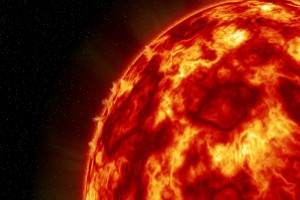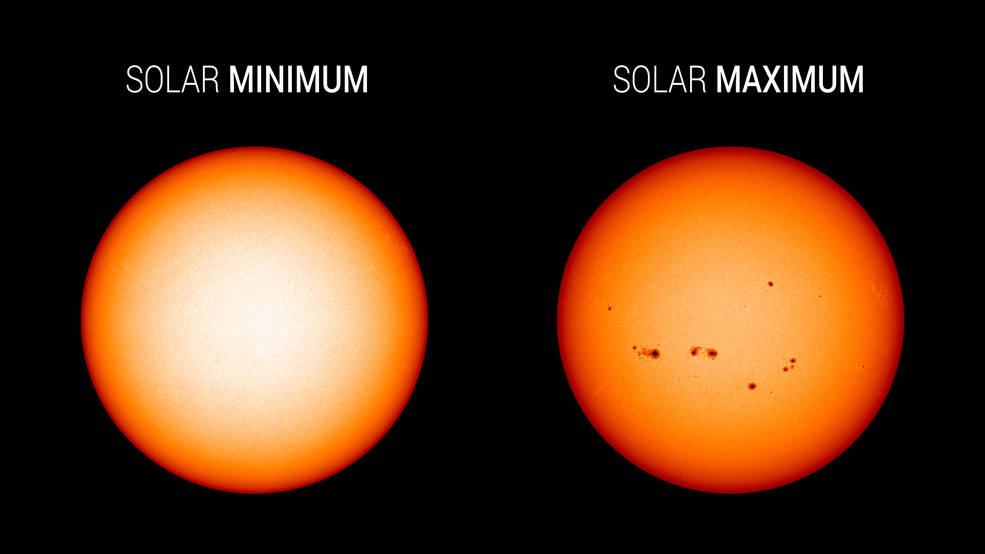
[the_ad_placement id=”adsense-in-feed”]
Florida: The Sun goes through regular cycles of activity approximately every 11 years. During the most active part of the cycle, known as solar maximum, the Sun can unleash immense explosions of light, energy, and solar radiation – all of which create conditions known as space weather.

Tracking these cycles is a key part of better understanding the Sun and mitigating its impacts on human technology and astronauts in space. Space weather can affect satellites and astronauts in space, as well as communications systems – such as radio and GPS – and power grids on Earth. When the Sun is most active, space weather events become more frequent.
[the_ad_placement id=”content-placement-after-3rd-paragraph”]
On September 15, NASA and the National Oceanic and Atmospheric Administration (NOAA) will discuss predictions for the upcoming solar cycle during a media teleconference. NASA said today that experts on the Solar Cycle 25 Prediction Panel will discuss recent updates in solar cycle progress, and the forecast for the upcoming cycle, Solar Cycle 25.
Also read: NASA broadcasts first splashdown of American astronauts in 45 years
It further informed that NASA and NOAA, along with the Federal Emergency Management Agency and other federal agencies, were working together on the National Space Weather Strategy and Action Plan to enhance space weather preparedness and protect the nation from space weather hazards. “Improving our understanding of solar variability, and thereby space weather prediction techniques and models, will also protect spacecraft and astronauts in the Artemis program and are core aspects of this collaboration,” it stated. It may be mentioned that with the Artemis program, NASA will land the first woman and next man on the Moon by 2024, using innovative technologies to explore more of the lunar surface than ever before.
– globalbihari bureau
[the_ad_placement id=”sidebar-feed”]





